GST Codes & Terms
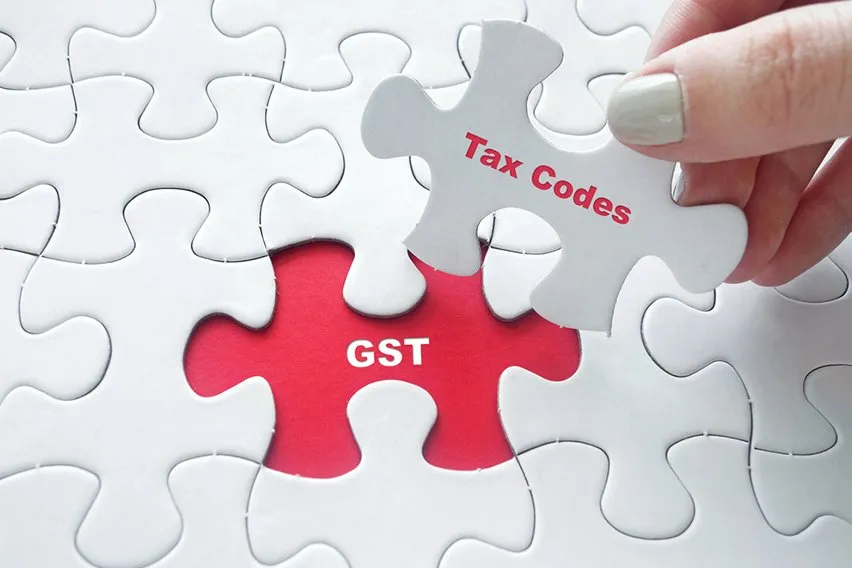
Running your own business is a difficult venture, filled with twists, turns and no end of surprises.
One thing you absolutely don’t want to be surprised by is anything to do with your end of year taxes.
When starting a business in Australia, GST is one of the first things you’ll need to decide on.
The question when you’re starting out is whether or not you want to register for the Goods and Services Tax, or GST. This is before you reach what is known as the income threshold and have to start paying it legally.
Once you start paying GST, you’ll pay it via lodging a BAS statement.
But what happens when you’re not getting the amount you expected in your Business Activity Statement?
One of the most common reasons for this happening is that your GST codes are not set up with the correct GST Reporting Codes.
But what are the GST codes and how do they affect your business? We’ll take a closer look at that more in our detailed GST guide.
Here’s What We’ll Cover:
What Are the GST Codes & Terms?
Are There Any Downsides to Registering for GST?
What Is GST?
In order to understand the GST codes, you must first understand what GST is.
The Goods and Services Tax, or GST, is a 10% tax that is placed on many items and products across Australia. The tax itself applies to essentially every product and service in Australia.
It was first put in place in order to replace a number of indirect taxes. This includes taxes such as value-added tax, excise duty and service taxes.
It is a necessary tax for any business that runs for profit, sole traders or any organisations that have an annual turnover of more than $75,000.
This changes if you are running a non-profit organisation. If you aren’t running for profit then the threshold at which a business must register for GST is doubled to $150,000.

As soon as a business gets over the designated threshold, it becomes a legal requirement to pay GST. If you are running a business that has a high turnover and you don’t register for and collect GST, then you can get into serious legal difficulties.
If you decide to register or are required to register for and collect GST then you will have to make some adjustments to your business. This means you may have to add GST to the price of your goods or services in order to counter the added cost to your business. GST is then paid to the Australian Tax Office on a regular basis.
It isn’t necessary to register for GST if you’re running a business that has an annual turnover of less than $75,000. But many business owners choose to do so anyway so that they can benefit from a number of different forms of tax relief.
What Are the GST Codes & Terms?
Here is a list of GST codes and terms that comply with the Australian BAS:
|
GST Code |
Term |
GST Values |
|
CAPITAL |
Capital acquisition GST item |
10% |
|
CAPFREE |
Capital acquisition GST free item |
0% |
|
EXPORTS |
Exports FOB value |
0% |
|
EXPMISC |
Exports miscellaneous charges |
0% |
|
FREE |
GST free |
0% |
|
GST |
GST 10 % |
10% |
|
NONDEDUCT |
Non-income tax deductible acquisition |
10% |
|
GSTADJUST |
GST adjustment |
10% |
|
INPUT |
Input taxed sales |
0% |
|
INPUTACQ |
Input taxed acquisitions with GST in price |
10% |
|
INPUTCAP |
Capital input taxed acquisitions with GST in price |
10% |
|
NONDEDCAP |
Non-deductible capital acquisitions |
10% |
|
LUX |
Luxury car |
10% |
The below table shows the setup of GST codes and their corresponding GST reporting codes that are used to generate a BAS. The reporting codes in the fields in the Report Setup Tab Fields will link to the field in your BAS report.
|
GST Code |
Report Setup Tab Fields |
Report Codes Assigned |
|
CAPITAL |
Taxable purchase |
10 |
|
GST receivable |
10 |
|
|
CAPFREE |
Taxable purchase |
1014 |
|
Tax free purchase |
1014 |
|
|
EXPORTS |
Taxable sale |
2 |
|
Tax free sale |
2 |
|
|
EXPMISC |
Taxable sale |
3 |
|
Tax free sale |
3 |
|
|
FREE |
Taxable sale |
3 |
|
Tax free sale |
3 |
|
|
Taxable purchase |
14 |
|
|
Tax free purchase |
14 |
|
|
GST |
Taxable sale |
1 |
|
GST payable |
1 |
|
|
Taxable purchase |
11 |
|
|
GST receivable |
11 |
|
|
NONDEDUCT |
Taxable purchase |
1015 |
|
GST receivable |
1015 |
|
|
GSTADJUST |
Taxable sale |
7 |
|
GST payable |
7 |
|
|
Taxable purchase |
18 |
|
|
GST receivable |
18 |
|
|
INPUT |
Taxable sale |
4 |
|
Tax free sale |
4 |
|
|
INPUTACQ |
Taxable purchase |
13 |
|
GST receivable |
13 |
|
|
INPUTCAP |
Taxable purchase |
1013 |
|
GST receivable |
1013 |
|
|
NONDEDCAP |
Taxable purchase |
1015 |
|
GST receivable |
1015 |
|
|
LUX |
Taxable sale |
201 |
|
Taxable purchase |
202 |
When talking about GST terms, there can be some terms thrown about when talking about GST that are difficult to understand without prior knowledge. Here are some definitions of the more common terms that are often used and some examples of what they are:
Taxable Supplies
Taxable supplies are when an entity is required to charge the standard 10%GST tax on all ‘taxable supplies’. These include things such as:
- Telephone expenses
- Repairs to equipment
- Merchant charges
- Accounting fees
- Motor vehicles (check the upper limit with the ATO)
- Electricity charges
- Freight paid
Non Taxable Supplies
Non taxable supplies can be split up into two categories. These are GST free supplies, and input taxed supplies:
GST Free Supplies
GST free supplies are supplies that the GST ACT does not require GST to be charged on. These include things such as:
- Rates
- Education fees
- Health services
- International mail
- Bottled water
- Bank charges
- Interest paid
- Cars for disabled persons
- Fruit and vegetables and other foods
- Water and sewerage
Input Taxed Supplies
Input taxed supplies are supplies which the GST ACT does not require GST to be charged on. This includes things such as:
- Interest received
- Residential rent
- Residential expenses
- Financial services
- School canteens and Fundraising events for Non-Profit organisations. Although these may be elected as input taxed
Out of Scope Supplies
Out of scope supplies are not goods nor are they services. They are outside the scope of GST. They include things such as:
- Wages
- Depreciation
- Superannuation
- Loan payments
- Dividends
- Stamp duty

Why Register for GST?
Registering for GST while you’re below the threshold is a somewhat common occurrence among small business owners. This is because registering for the tax isn’t automatically a detriment to your business.
So while you will have to boost your prices to try and counter the 10% tax, you will also benefit from some of the perks of GST. Some of these perks include:
Claiming Back GST
When you’re registered for GST, you gain the ability to claim back the GST on any purchases that have been made in the regular running of your business.
Once you have registered for the 10% tax, you can get what is known as GST credits. These credits entitle you to a tax refund for any purchase that your business makes that also include a GST tax of 10%.
This essentially means that any products or services that you sell have a higher selling price. This is to make up for the 10% tax that has to be submitted in order to gain GST tax credits.
So when it comes time to file your taxes, you can use the GST credits to offset any GST owed to the Australian Tax Office.
If this is done correctly, then many businesses will end up paying a small fraction of the 10% tax on their tax return by the end of the financial year.
Increase of Reputation
Whenever someone deals with your business, they will see that you have GST tax. This means that they will either know that your business income is in excess of $75,000 or that you’re a professional small business.
In both cases it reflects well on your business. This then helps you have a more established look when compared with other similar sized businesses and brands.
On the flip side, if a customer receives an invoice that doesn’t include GST, then they will know your turnover is less than $75,000. This may make them question the validity or success of your business.
Visibility
A business that is registered with GST has to lodge regular and annual Business Activity Statement, or BAS statements.
This means that you’ll have greater visibility into the ongoing performance of your business over the course of a financial year.
Are There Any Downsides to Registering for GST?
As you can see, there are a number of benefits attached to registering for GST. But, these can be countered by some of the disadvantages that you can experience by registering for GST before you reach the threshold.
Increased Administrative Costs
As we previously mentioned, once you’ve registered for GST you’ll need to submit your BAS on a regular basis. You’ll also have to make sure your invoices are compliant with the guidelines set out by the ATO.
This means that you’ll have extra work for your admin department which can be a costly venture.
Increased Prices
If you’re going to be paying an extra 10% tax, then that money has to come from somewhere. Most businesses will therefore increase their prices which can upset customers. It can also mean that a competitor who doesn’t pay GST will be able to undercut your prices and potentially steal customers from your business.
How Do You Register for GST?
If you’ve decided to or are required to register for GST then you will need to follow these steps:
- Get Your ABN: Make sure that your business has an Australian Business Number, or ABN. If it doesn’t, then you can get one through the Australian Taxation Office via their online form, a mail-in form, or by visiting their offices in person.
- Register: Once you have your ANB, go to the ATO business portal to begin the process. You can also apply through a registered tax agent or via different channels on the ATO page.
- Fill the Form: Finally you’ll have to fill out the business registration form – a NAT 2954. Once this is done, return it to the ATO offices.
Once you’ve followed these instructions you just have to wait for confirmation from the ATO.
If you’re registered for the Goods and Services Tax, then you’ll need to lodge a Business Activity Statement.
Key Takeaways
The ins and outs of GST can be quite complex. But it is a necessary part of running a business in Australia.
The Goods and Services Tax affects businesses across Australia. For some it is a positive tax that improves credibility and offers good tax breaks. For others it hinders their ability to gain customers and only increases their costs.
But when it comes to the taxes that affect your business, the best advice is to make sure that you plan ahead at all times.
It’s incredibly important that you are regularly putting money aside each time you gain any income. This means that when it comes time to pay your taxes, you won’t be left footing a bill that you can’t pay off.
It’s helpful to know and understand the codes and terms that go hand in hand with GST. You’ll then be able to make sure you’re always following the correct procedure.
Are you looking for more business advice on everything from starting a new business to new business practices?
Then check out the FreshBooks Resource Hub.
RELATED ARTICLES

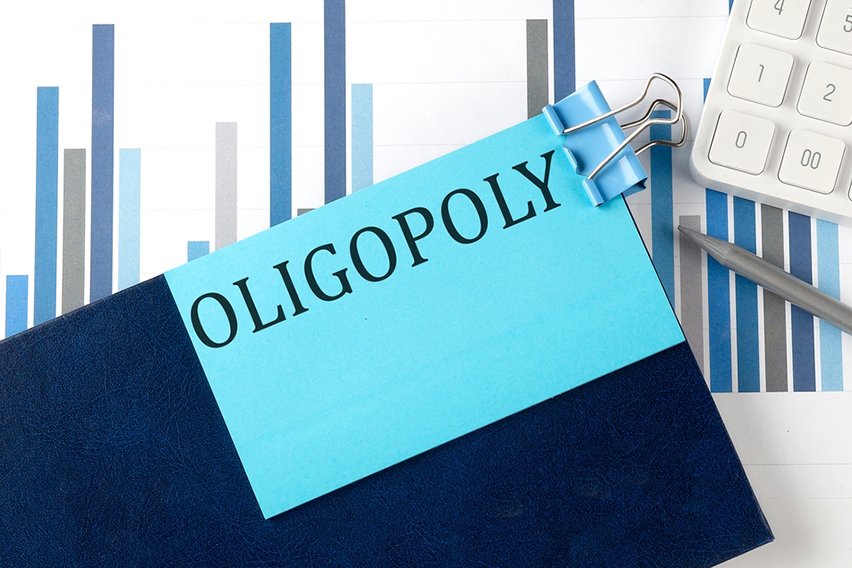 What Is an Oligopoly? Definition, Characteristics & Examples
What Is an Oligopoly? Definition, Characteristics & Examples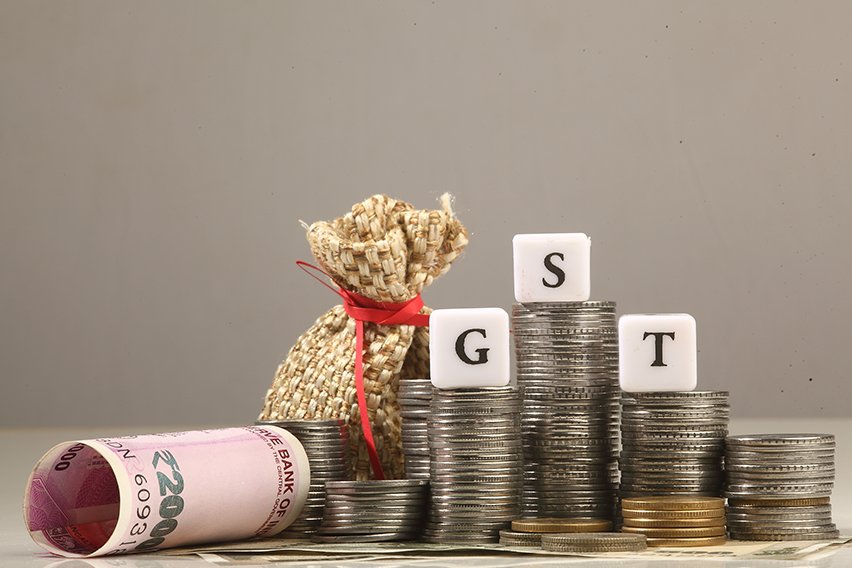 How to Register for GST? A Guide
How to Register for GST? A Guide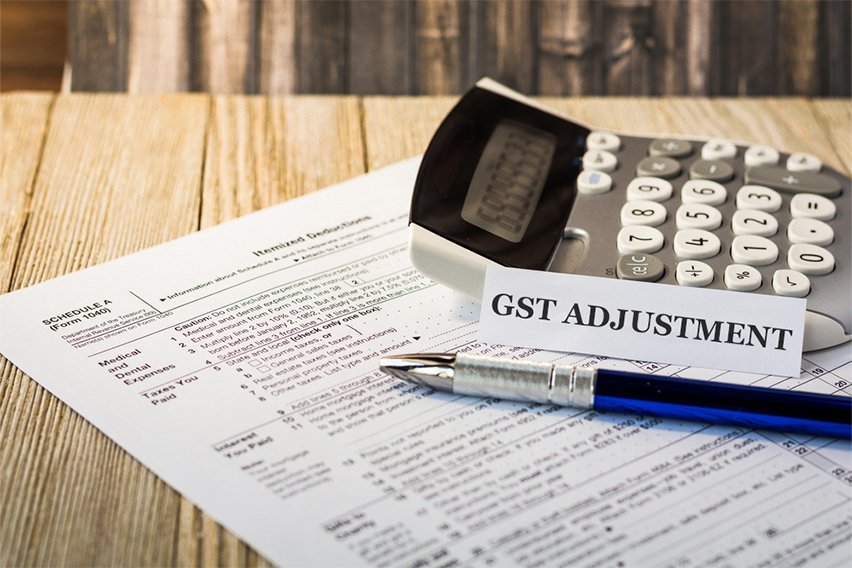 How to Make GST Adjustments?
How to Make GST Adjustments?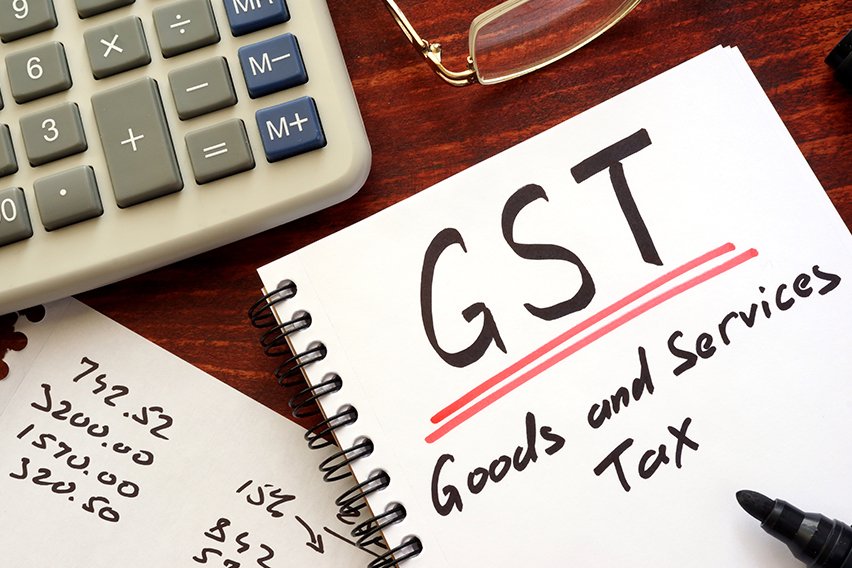 GST for Small Business: A Beginners Guide
GST for Small Business: A Beginners Guide What Is a Recipient Created Tax Invoice (RCTI)? Australian Taxation Guide
What Is a Recipient Created Tax Invoice (RCTI)? Australian Taxation Guide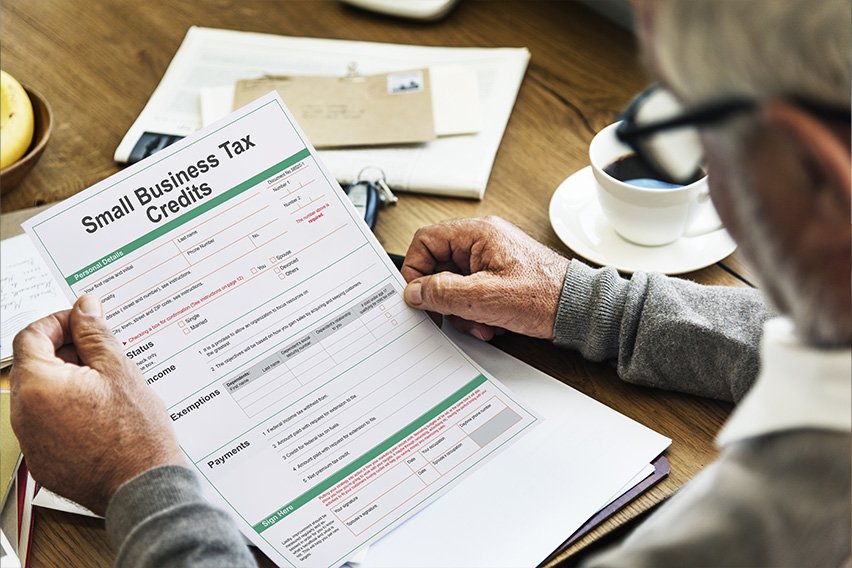 How Much Does a Small Business Pay in Taxes?
How Much Does a Small Business Pay in Taxes?